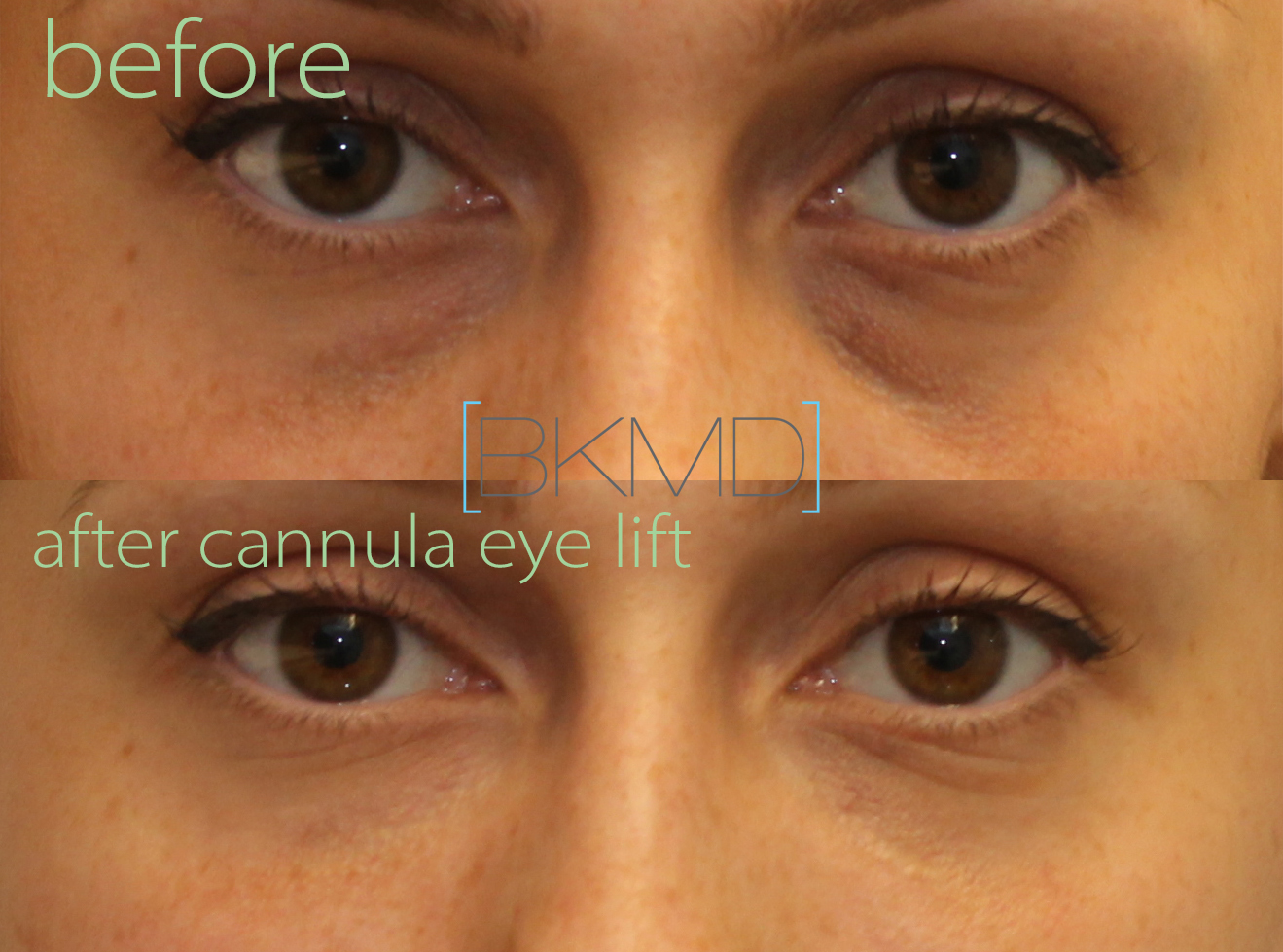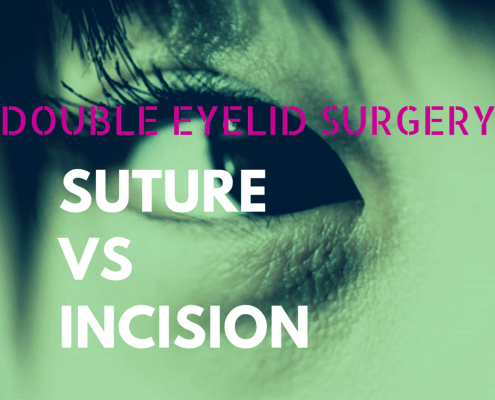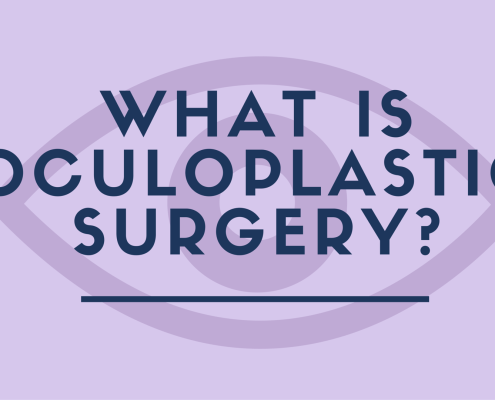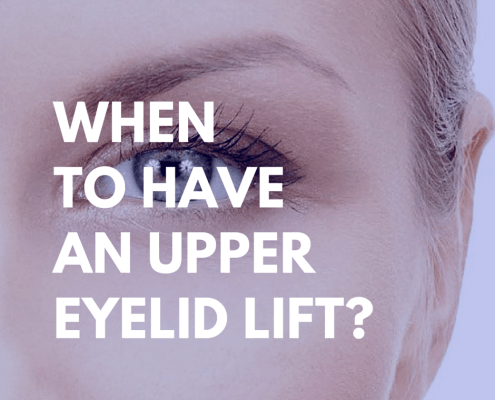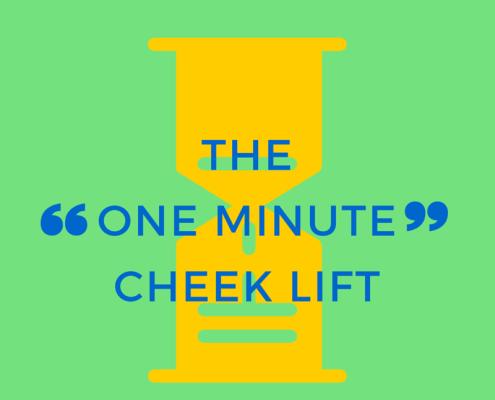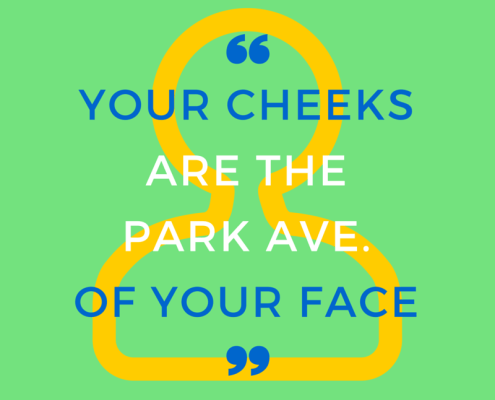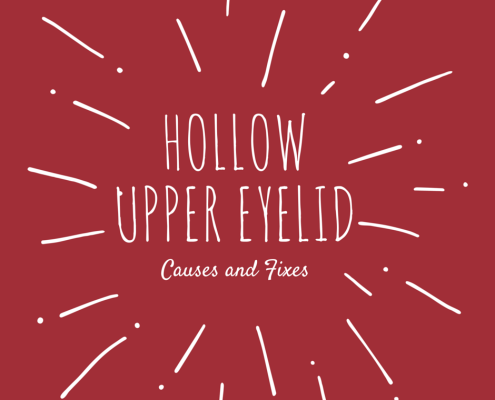When I started performing under-eye fillers in 2008 it was relatively unheard of. I had completed a fellowship in oculoplastic surgery involving both surgery and nonsurgical procedures around the eyes and face and the idea of using temporary, biocompatible volume made sense for many areas on the face, especially under the eyes where we tend to develop bags and dark hollows as we age.
In 2011, I started to incorporate the use of cannulas for under eye fillers, the same type of tubes that had been used for fat injections for years. By 2012, I was almost exclusively using cannulas as the single-use, disposable varieties became available. This made the procedure almost pain-free and bruise-free and arguably made the procedure safer.
In the last 3 years, particularly in New York City, Los Angeles and other major U.S. cosmetic surgery hubs, the procedure gained widespread popularity as many nurse injectors, physician assistants, and other physician extenders adopted the use of the cannulas, likely due to the safety factor of cannulas (they are less likely than needles to cause injections of filler gel into blood vessels) and due to the wide array of online and in-person injection training courses now available.
More numbers of injectors placing filler under the eyes means there is a wide array of techniques, types of fillers being used, and amounts of fillers being placed. These variables influence how long the fillers will last.

